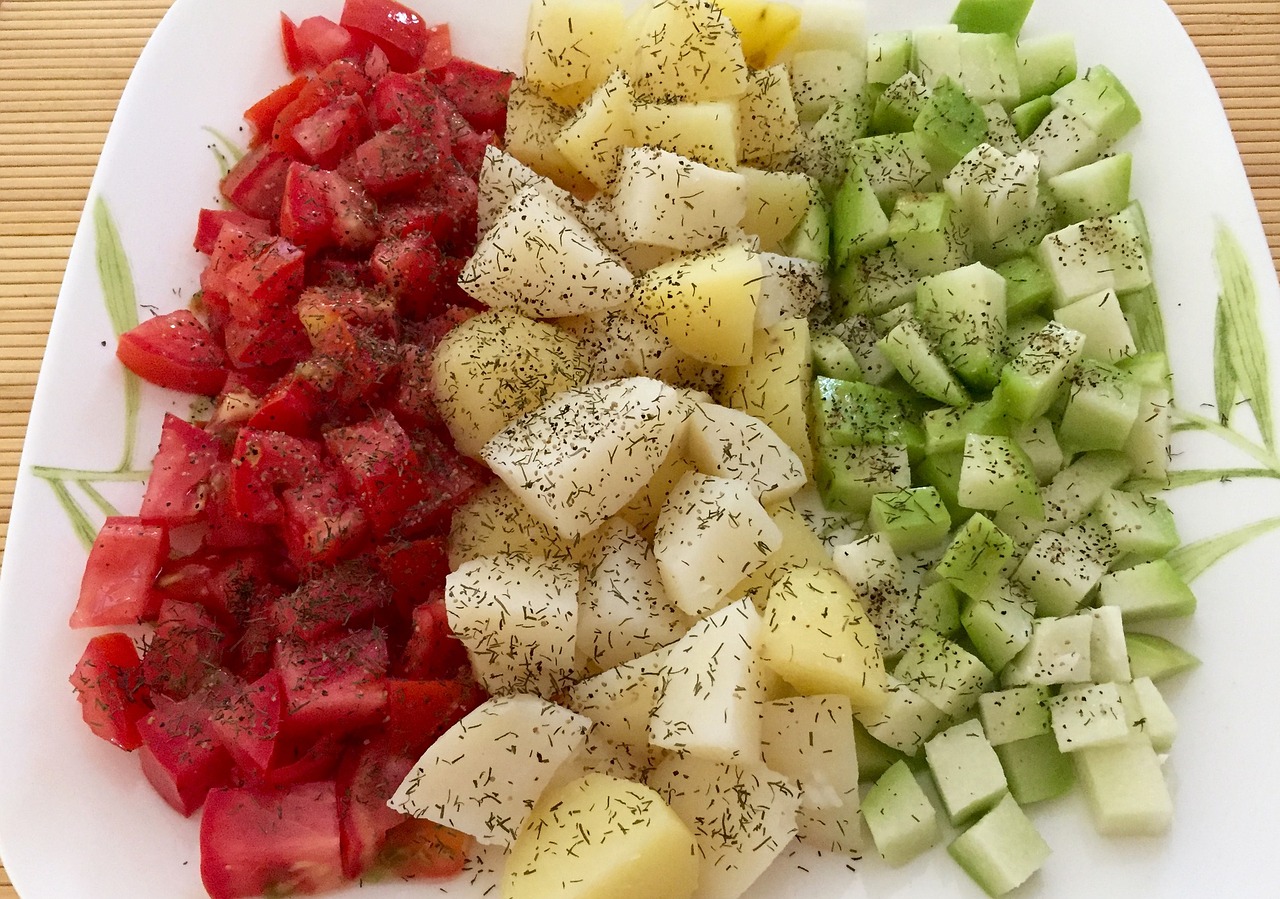For parents, this time of year is all about getting the kids ready to go back to school. But August is not only the return to school supplies and changing schedules, it’s also a time to re-examine what we’re feeding our families.
When packing your child’s lunch (and your own), aim for meals rich in vegetables, fruits, nuts, legumes and whole grains. The American Heart Association recommends a “pro-vegetarian diet – one that has a higher proportion of plant-based foods compared to animal-based foods” which it says, “is linked to lower risks of dying from heart disease and stroke.” It’s as easy as assembling a peanut butter and banana sandwich on whole grain bread or a bean burrito.
The Journal of the American Medical Association released a comprehensive study last year finding that “substitution of plant protein for animal protein, especially that from processed red meat, was associated with lower mortality, suggesting the importance of protein source.” Choosing more plant-based foods is also recommended by the American Institute for Cancer Research, American Cancer Society and the Academy of Nutrition and Dietetics.
You can also sneak nutrient-dense foods into snacks. Pairing your family’s favorite nuts and seeds with fruits and vegetables is a no brainer when it comes to smart snacking. Portion out a quarter cup of walnuts with an apple, orange or cup of melon to stay fueled between meals. Walnuts are a great source of omega-3 fatty acids and most nuts are a terrific source of vitamin E and folate. Certain nuts, such as walnuts, have been shown to suppress cancer cell growth.
In their Plant-Based Diet Guide, Kaiser Permanente, one of the nation’s largest not-for-profit health plans predicts, “The future of healthcare will involve an evolution toward a paradigm where the prevention and treatment of disease is centered, not on a pill or surgical procedure, but on another serving of fruits and vegetables.”
When it comes to eating, we can each do our part by embracing the Three Rs: “reducing” or “replacing” consumption of animal products, and “refining” our diets by choosing products from sources that adhere to higher animal welfare standards.
We owe it to the next generation to guide them in choosing healthy and compassionate ways beginning at a young age. Whether it’s by trying new nutritious, flavorful plant-based options, modeling good behavior by eating healthy and more humanely sourced foods or educating them about factory farming, there are many ways we can help our family eat better.




